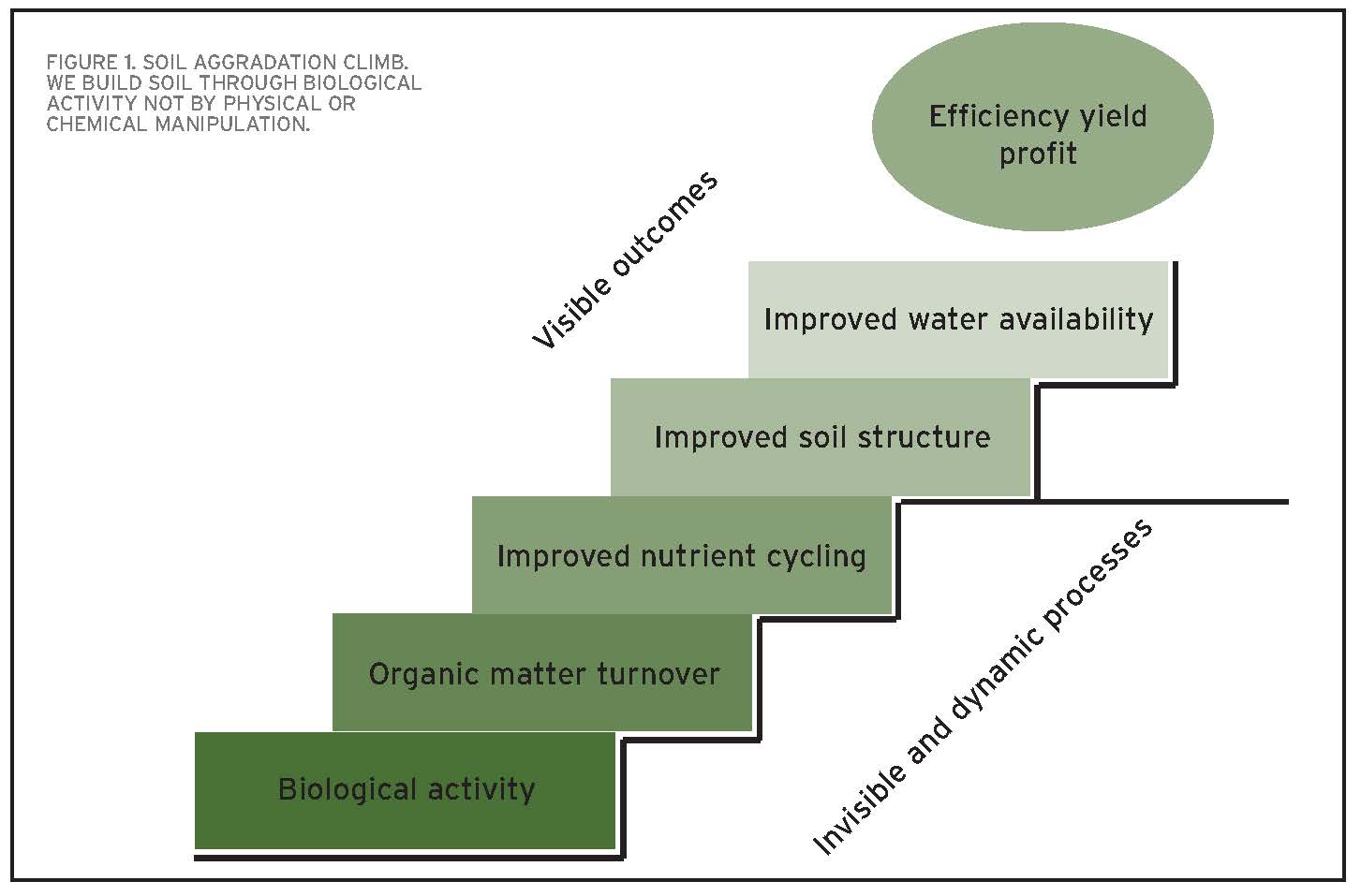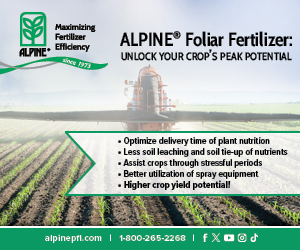Optimizing your production system
A PREVIEW OF YIELDSMART 2016
EVERYONE WANTS HIGH yields and high profits; however, we don’t always achieve that goal. This can be for a number of reasons but typically we blame it on the weather, soil conditions, fertility, the hybrid, or the variety.

The questions that often arise are how do I get the maximum return from my farming operation and how can I continue to improve my productivity each year in spite of the weather?
To help both producers and researchers understand farming systems, we introduced the concept of genetics by environment by management (G x E x M) as a framework. The G x E x M concept allows us to begin to understand how to manage (M) the crop (G) around the environment (E). This may sound complex but in reality it is what innovative producers do all of the time and many of these concepts have been reinforced by observing their operations. The overall framework for this is ‘YieldSmart’ or thinking about how we manage the crop through the whole growing season to obtain the genetic potential by optimizing efficiency, yield, and profit.
This whole process has been a journey through the observation of what it takes to have high-yielding systems or the extremes of what we see in production. Every bag of seed of the same hybrid or variety has the same potential and yet certain fields produce much more than others. The goal of the YieldSmart concept is to help producers capture that potential in each bag of seed.
OBSERVATION
In an optimal approach, there are multiple times during the growing season that you can observe where yield is being lost. Yield potential is set very early in the growing season with the first 30 days of growth being critical. A stunted plant at this stage is not going to suddenly become the biggest one in the field. Even plant stands, uniform soil conditions, and a soil environment that supplies adequate water, nutrients, and oxygen to the root are the biggest keys to maintaining the yield potential of the genetics. We build soil through biological activity, not through chemical or physical manipulation.
Figure 1 relates the role of soil conditions to optimizing efficiency, yield, and ultimately profit. Small problems, like sidewall compaction that limit root extension, or surface soil crusting that places restriction on growth, result in reduced yield. It is important to observe your field for uniformity of stand and the cause of any variation among plants so that management decisions can be made.
Another critical time during the growing season is just prior to flowering. Producing grain is like running a marathon and preparation is important. One of the key components in this is the nutrient status of the plant. Does the plant have access to all that it needs to finish the race of producing grain or forage?
We underestimate how important it is to evaluate the uniformity of the plants in terms of their growth and appearance. However, this needs to be done in several locations in the field and this is where I believe the potential of unmanned aerial vehicles (UAVs) in agriculture can provide us with information to help do an even better job of management. Utilizing new scouting tools for mid-season assessments of crops will provide even more information that will help us make better management decisions season to season.
OPTIMIZATION
Optimizing a system has to focus on the grain-filling period. Often we place the system on autopilot once the plant begins to fill the grain; however, the evaluation of how rapidly the plant is maturing is an indicator of the effectiveness of our management. We have observed that the more rapidly the plant matures the lower the yield. Observing the field at this time reveals a great deal of information about the success of our management decisions. This also reveals what changes need to be made for the next season. Yield maps provide an indication of the final outcome but examining the rate of maturity offers even more insight.
Developing optimal systems allows farmers to capture the maximum profit from the genetic potential. To do this, producers need to be proactive in evaluating their fields and asking questions about the effect of different management practices on the crop. We are building more and better ways to collect data, what we want to help producers do is to turn those observations into practices that make more profit and higher yields.
Jerry L. Hatfield is the laboratory director and plant physiologist at the National Laboratory for Agriculture and the Environment in Ames, Iowa. You can learn more about a YieldSmart approach from Hatfield by registering for YieldSmart: Optimizing Your Crop Production System on Friday January 22, 2016 at RIM Park in Waterloo, and/or the FarmSmart Conference on Saturday, January 23, 2016 at University of Guelph. Visit www.farmsmartconference.com for registration and more info. •

















